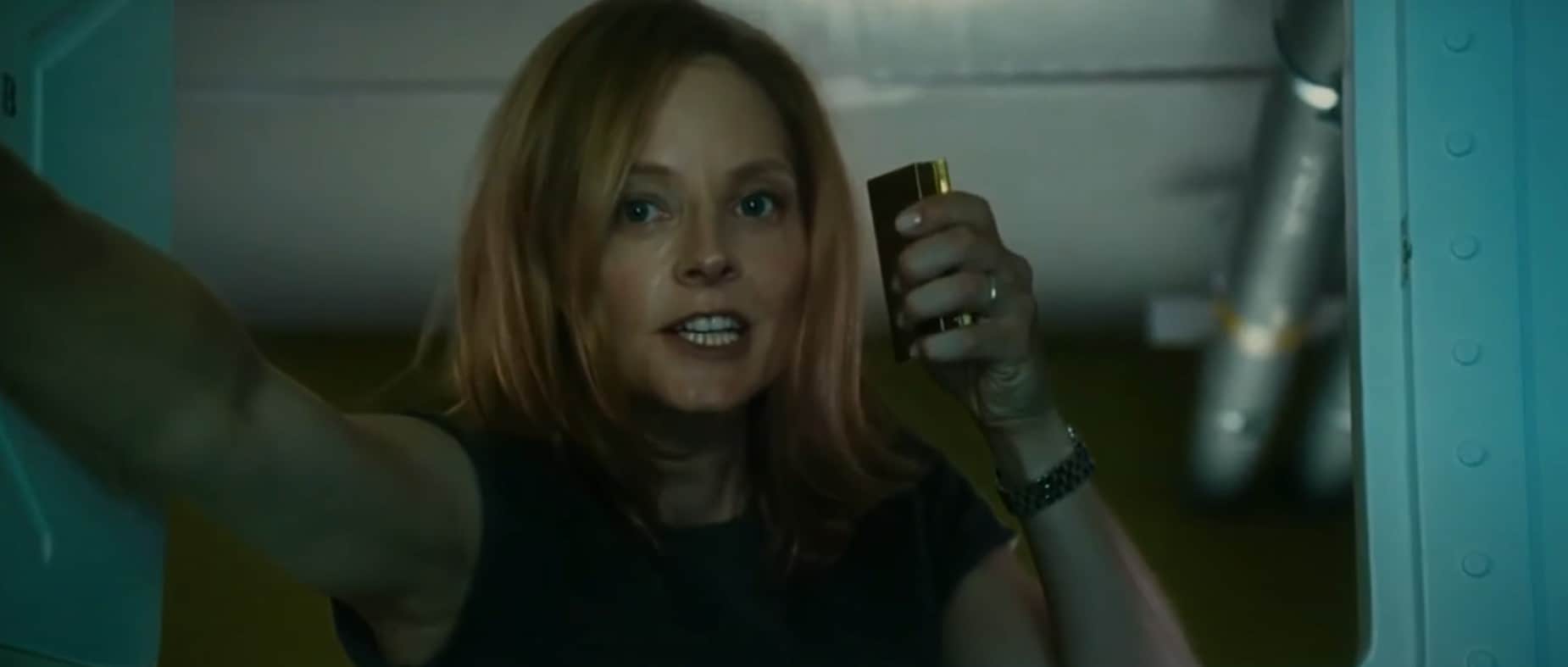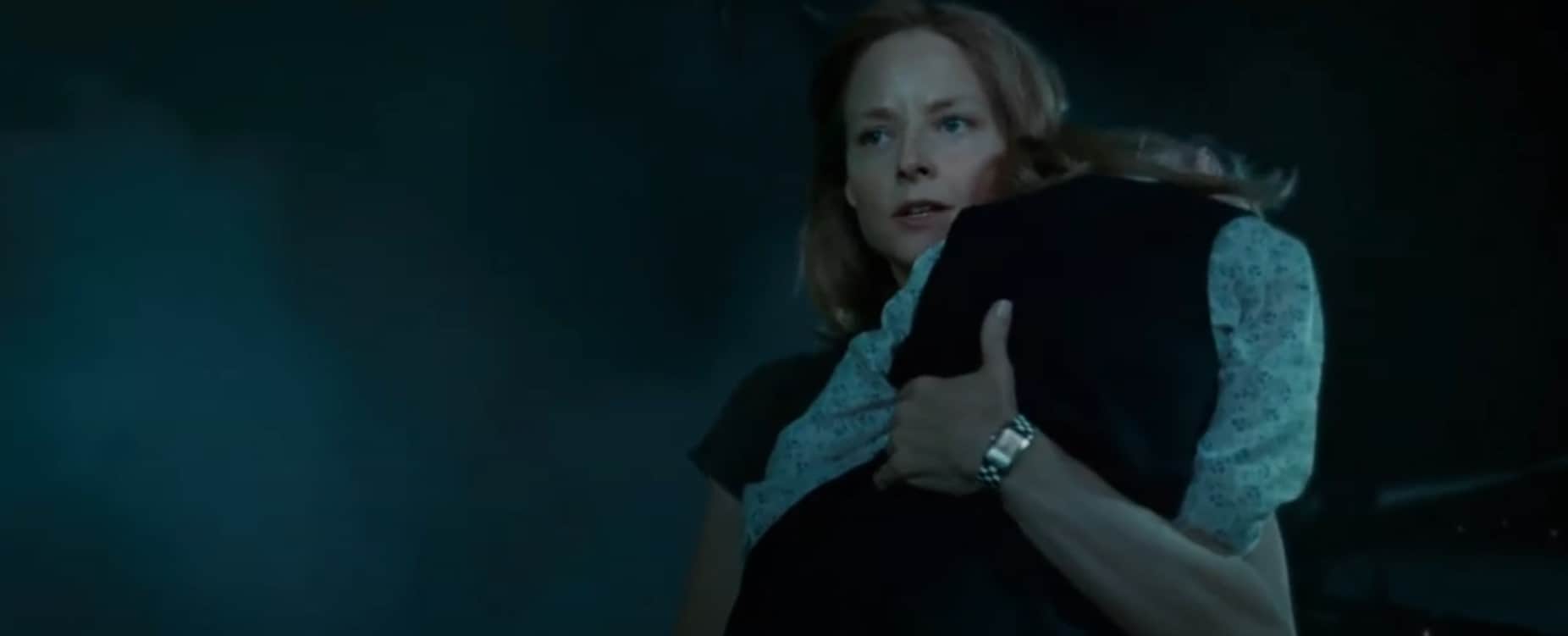Flightplan is a 2005 psychological thriller directed by Robert Schwentke starring Jodie Foster as aircraft engineer Kyle Pratt, a recently widowed woman who lived in Berlin with her family until her hubby died, so she goes back to the USA to bury her late husband with her daughter. But her daughter gets lost during the flight, and she has to do everything in her power to get her back.
The movie features Erika Christensen, Peter Sargaard, Sean Bean, and Matt Bomer in supporting roles, and the plot is very well written thanks to the creative works of Peter A. Dowling and Billy Ray.
While the movie is fast-paced and intriguing, some viewers might be wondering about its conclusion, so I wrote this piece to convey what is my interpretation of Flightplan’s conclusion.
In the silver screen skies, “Flightplan” captivates with its suspense-laden voyage, casting a shadowy light on the facets of human vulnerability and resilience. From the commanding performances to the deft direction, it invites us all to peer through the window of cinematic wonder, questioning the boundaries between truth and illusion that dance in the clouds of our perception.

Flightplan’s Storylines
Flightplan propels its viewers into the maze-like corridors of a woman’s mind and an airplane. Jodie Foster’s role as Kyle Pratt, an aviation engineer grappling with maternal instinct and a splintering reality, is a masterful vision of determination and vulnerability that leaves us in a constant state of palpable unease thanks to the lenses of director Robert Schwenke.
Directed with a surgical and meticulous precision, takes us between deception and perception. As the aircraft turns into an insular microcosmos of uncertainty, despair, and anxiety, we, the audience, are led down an intricately woven path of disbelief and suspicion.
When Julia, played by Marlene Lawston, Kyle’s daughter, disappears, this triggers a chain of events that puts Kyle’s sanity to the test but also how we perceive as real within the confines of the airplane.
Also Read: Heartstopper Season 2 Ending Explained: Did Nick and Charlie Confess Their Love?
Jodie Foster As Kyle Pratt Is Amazing
Foster’s portrayal is exquisitely measured, capturing Pratt’s descent from rationality to desperation with subtlety and nuance. The ominous cadence of her voice, the quiver in her gaze, and the determination etched into her features weave a tale that transcends the cabin walls and reaches into the collective psyche of the audience.
As Foster’s Pratt grapples with loss, uncertainty, and a growing conviction that her daughter’s disappearance is a calculated ruse, the audience becomes complicit in her emotional turmoil.
Claustrophobic Vibes Ensue
Director Robert Schwentke leverages the claustrophobic cabin setting to ingeniously mirror Pratt’s spiraling state of mind. As Kyle navigates the metallic labyrinth of the aircraft, the audience is enveloped in an atmospheric tension that simulates Pratt’s mounting confusion. Suspicion shrouds every character, from the stoic Captain Rich (played by Sean Bean) to the ever-watchful sky marshal Gene Carson (played by Peter Sarsgaard).

Flightplan Ending Explained
However, as the movie races toward its climax, the true orchestrators of the plot emerge from the shadows. In a turn of events that solidifies the film’s gripping unpredictability, Carson and flight attendant Stephanie (played by Kate Beahan) unveil their scheme of duplicity, transforming the aircraft into a crucible of moral reckoning.
The final showdown within the aircraft’s belly is both heart-pounding and poignant. As the explosive revelation is detonated, the audience is left teetering on the edge of catharsis. Foster’s embodiment of a mother’s fierce determination to protect her child culminates in a viscerally satisfying resolution.
As the story wraps its narrative tendrils around Pratt and her daughter, “Flightplan” leaves viewers contemplating the darkness that can exist within human motivations and the unbreakable bond between a mother and her child. The plane’s descent becomes a metaphor for Pratt’s journey from the ethereal clouds of uncertainty to the solid ground of truth.
In this cinematic confluence of psychological exploration and high-stakes drama, “Flightplan” not only soars as an edge-of-your-seat thriller but also lands as a meditation on the complexities of human emotions and the labyrinthine corridors of human behavior.
In the aftermath of Pratt’s victory, as the aircraft touches down on the tarmac of Goose Bay Airport, the narrative ties up its loose ends with a satisfying blend of redemption and justice. Captain Rich’s apology to Pratt serves as an acknowledgment of her tenacious quest for truth, while Stephanie’s apprehension underscores the consequences of moral transgressions.
As we bid adieu to the plane’s passengers and crew, the final shot of a slumberous Julia’s query, “Are we there yet?” punctuates the conclusion with a gentle reminder that even within the turmoil of life’s flight, there’s an ever-present beacon of hope.
Also Read: Non-Stop Movie Ending Explained: Who Hijacked The Plane?

